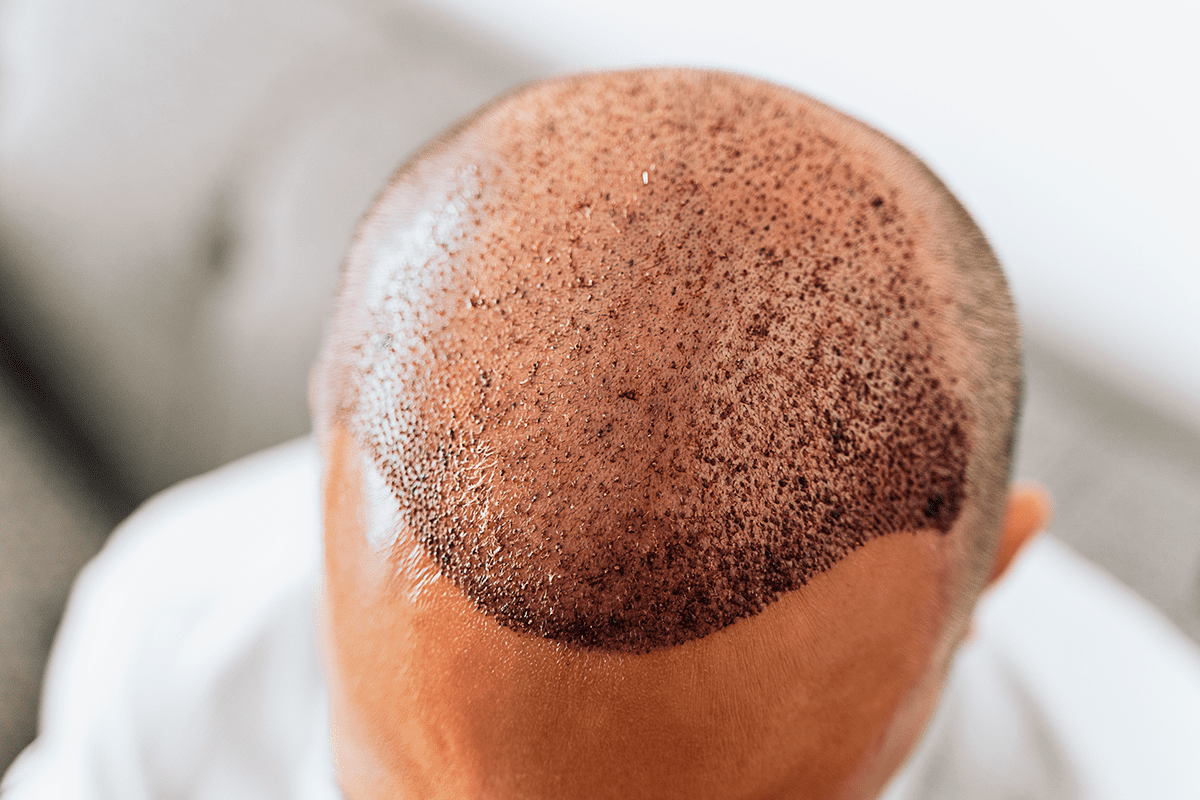A hair transplant is a life-changing procedure for many individuals experiencing hair loss. The idea of restoring a full head of hair is appealing, but it comes with a range of questions and concerns. Before committing to the procedure, it’s crucial to understand how the process works, the benefits, risks, and what to expect. This article covers the top 10 questions people ask before getting a Hair Transplant(زراعة الشعر ), addressing common concerns and providing clarity about the procedure.
What Is a Hair Transplant?
A hair transplant is a surgical procedure where hair follicles are removed from a part of the scalp where hair is still growing (typically the back or sides) and transplanted to areas affected by thinning or baldness. There are two main techniques for hair transplantation: follicular unit extraction (FUE) and follicular unit transplantation (FUT). Both methods involve moving healthy hair follicles to the thinning or bald areas to restore a natural, fuller appearance.
Why Consider a Hair Transplant?
The decision to get a hair transplant is often driven by a desire to regain confidence and improve appearance. Hair loss can significantly affect self-esteem, and for many, a hair transplant is the solution to feel more like themselves again. The restoration of hair can be transformative, offering a more youthful look without the need for continuous hairpieces or wigs.
What Are the Different Types of Hair Transplant Procedures?
There are primarily two techniques used in hair transplantation, each with its own benefits and considerations.
Follicular Unit Extraction (FUE):
- How It Works: In this technique, individual hair follicles are removed from the donor area (typically the back of the scalp) using a small punch tool. These follicles are then transplanted to the thinning or bald areas.
- Benefits: FUE leaves minimal scarring and has a faster recovery time compared to other methods. It’s ideal for individuals who want to wear short hairstyles post-procedure.
- Recovery Time: Most patients experience minimal discomfort and can return to work within a few days.
Follicular Unit Transplantation (FUT):
- How It Works: In FUT, a strip of scalp is removed from the donor area, and hair follicles are extracted from the strip and transplanted to the balding areas.
- Benefits: FUT allows for the transplantation of a larger number of follicles in one session, which can be beneficial for individuals with significant hair loss.
- Recovery Time: FUT typically results in a longer recovery period compared to FUE, and the donor site may have a more noticeable scar.
Both procedures offer permanent results, but the choice between FUE and FUT depends on individual preferences, the extent of hair loss, and the desired recovery time.
How Long Does a Hair Transplant Last?
A common concern is how long the results of a hair transplant will last. The good news is that hair transplants are generally permanent. Once transplanted hair follicles settle in the recipient area, they begin to grow as normal hair. However, it’s important to note that hair loss may continue in areas where hair wasn’t transplanted, and patients may need additional procedures in the future if they experience further thinning or balding.
Longevity of Results:
- Permanent Results: Transplanted hair is typically permanent and grows naturally. However, natural aging processes or genetic factors may cause thinning in non-transplanted areas.
- Post-Surgery Hair Growth: After the transplant, patients usually experience shedding of transplanted hair, followed by new growth in about 3 to 6 months. Full results are visible after 12 to 18 months.
Are Hair Transplants Painful?
Pain is a significant concern for many potential hair transplant patients. However, the procedure is generally well-tolerated, and pain management techniques are used to ensure patient comfort.
Pain During the Procedure:
- Local Anesthesia: The procedure is performed under local anesthesia, which numbs the scalp and prevents pain during the transplant. Most patients report feeling little to no discomfort during the procedure.
- Post-Procedure Pain: After the surgery, mild discomfort or a tight sensation on the scalp may occur. This can usually be managed with over-the-counter pain medication.
Managing Discomfort:
- Cold Compresses: Applying a cold compress to the treated areas can help reduce swelling and discomfort.
- Medication: Doctors may prescribe pain medications or antibiotics to help manage pain and prevent infections.
What Are the Risks and Side Effects of a Hair Transplant?
Like any surgery, Best Hair Transplant(أفضل زراعة شعر) come with potential risks and side effects. It’s essential to understand these before deciding to undergo the procedure.
Common Risks and Side Effects:
- Infection: Although rare, infections can occur after a hair transplant. Proper aftercare, including keeping the scalp clean, helps minimize the risk of infection.
- Scarring: Both FUE and FUT procedures can result in some scarring. FUT leaves a linear scar, while FUE leaves tiny dot scars that are less noticeable but can be visible in certain cases.
- Shock Loss: It is common for transplanted hair to fall out temporarily after the procedure, a phenomenon known as shock loss. This is temporary, and hair will begin to regrow within a few months.
- Swelling and Bruising: Swelling, bruising, and redness around the transplant site are common in the first few days after surgery. These symptoms typically subside within a week.
By choosing an experienced surgeon and following post-procedure care instructions, the risks of these complications can be minimized.
What Should I Expect During the Recovery Period?
Recovery after a hair transplant can vary depending on the technique used and individual healing processes. However, certain expectations are common among patients.
Post-Surgery Recovery:
- First Few Days: Most people experience some swelling, tenderness, and redness. These effects usually resolve within a few days.
- Week 1 to 2: Patients are advised to avoid strenuous activities, including exercise, for the first two weeks. It’s also essential to follow the surgeon’s instructions regarding scalp care, such as avoiding scratching the transplant site.
- Weeks 3 to 6: By this time, most patients can return to normal activities, though it’s still important to protect the scalp from sun exposure.
Long-Term Care:
- Hair Growth: New hair growth begins around 3 to 6 months after surgery, with full results visible after about a year.
- Follow-Up Appointments: Regular follow-up appointments with the surgeon help monitor progress and ensure everything is healing properly.
FAQs About Hair Transplants:
Q: How much does a hair transplant cost?
A: The cost varies depending on the clinic, technique used, and the extent of hair loss, but it generally ranges from AED10،000.
Q: Can hair transplants be done on any type of hair loss?
A: Hair transplants are most effective for individuals with male or female pattern baldness but may not be suitable for those with diffuse hair thinning or no donor hair available.
Q: How long does the hair transplant procedure take?
A: The procedure typically takes between 4 to 8 hours, depending on the number of grafts being transplanted.
Q: Will I be able to see the results immediately?
A: No, transplanted hair sheds within the first few weeks. Visible results generally appear within 3 to 6 months.
Q: Can I return to work immediately after the procedure?
A: Most people can return to work within 2 to 3 days, though strenuous activities should be avoided for at least two weeks.
Conclusion
A hair transplant is an effective and permanent solution to hair loss, providing significant improvements in appearance and confidence. By understanding the various types of procedures, what to expect during recovery, and potential risks, you can make an informed decision about whether this procedure is right for you. With careful planning, choosing the right surgeon, and following proper aftercare, you can enjoy long-lasting results and a fuller, natural-looking head of hair. Always ensure that you consult with a board-certified, experienced surgeon to discuss your options and ensure the best possible outcome.
















Leave a Reply